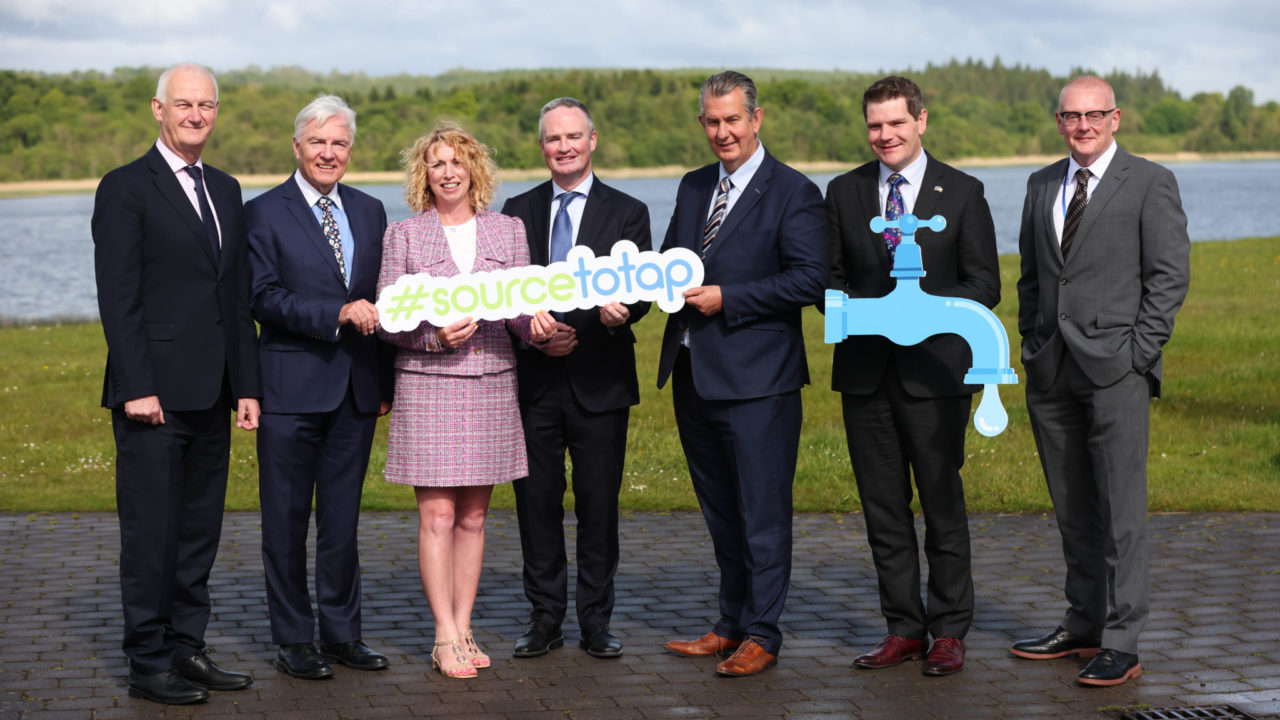Measures introduced to improve the control of farm run-off, which were trialled under the Source to Tap Scheme, have resulted in less MCPA herbicide in source drinking water rivers.
The success of the measures introduced to improve water quality in the River Derg and River Erne catchment areas, was highlighted this week, at the closing conference of the five-year project.
The €4.9 million cross-border scheme placed a special emphasis on controlling farm run-off and preventing it entering nearby water sources.
More than €1.15 million was invested in measures to better manage it through a pilot Land Incentive Scheme, which was trialled on 118 farms in the region. According to the project, the scheme resulted in a “marked decrease” in the volume of MCPA herbicide in the rivers.
The Source to Tap project was funded by the EU’s INTERREG VA programme via the special EU programmes body (SEUPB), Northern Ireland’s Department for Agriculture, Environment and Rural Affairs (DAERA) and the Department for Housing, Local Government and Heritage in Ireland.
Under it, more than 20ha of peatbog which was previously planted with lodgepole pine, was also restored using a variety of methods including cell bunding.
Minister for Agriculture, Environment and Rural Affairs, Edwin Poots, said the project was a great way to address “common challenges” that regions on both sides of the Northern Irish border face.
“This project represents an investment in the quality of our drinking water now and into the future.
“Through research and new approaches to educate and inform all our citizens, as well as through innovative approaches to land and water management, we can together work to deliver sustainable long-term improvements in water quality.”
Ireland’s Minister for Housing, Local Government and Heritage, Darragh O’Brien also commended the work done under the project. He commented:
“I congratulate the team on a successful project. Integrating the various complex land uses and natural elements within our drinking water catchments is key to safeguarding nature and the quality of our water resources.
“I am pleased to see that this project yielded learning that will be useful as we seek to bring about further and continued improvement in catchments across the whole island,” he added.
Other elements of the scheme included the design and trial of low cost measures to reduce the impact of forestry clear felling on sediment loss in nearby rivers and streams.
The Source to Tap project also created and delivered an education programme to 1,900 children to widen their understanding of where the water they drink comes from, how it is treated and why rivers need to be protected.
As an extension of this, it also trained 40 “citizen scientists” to monitor local water quality and act if it is affected.

